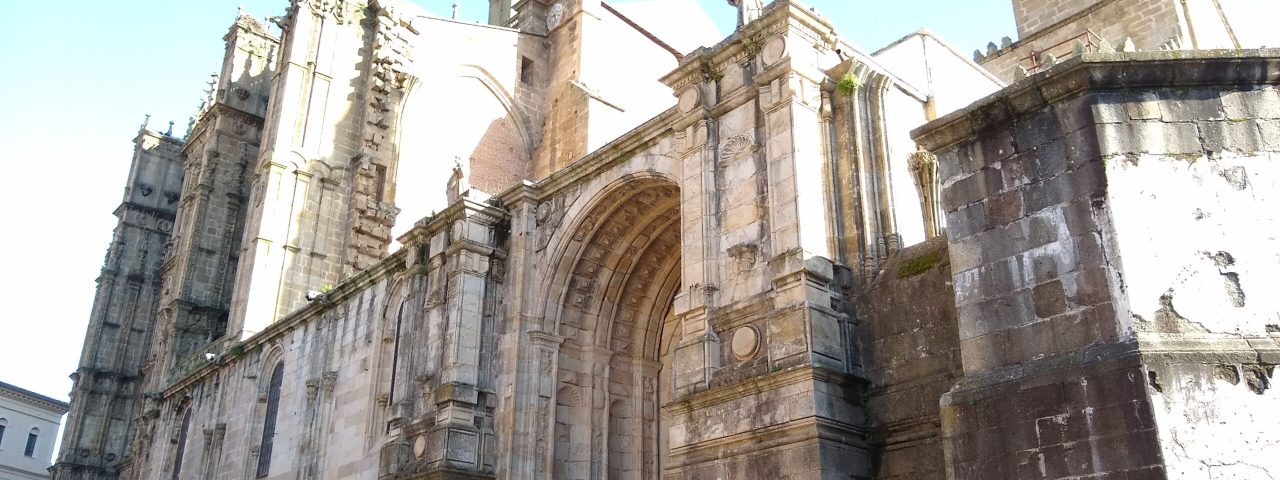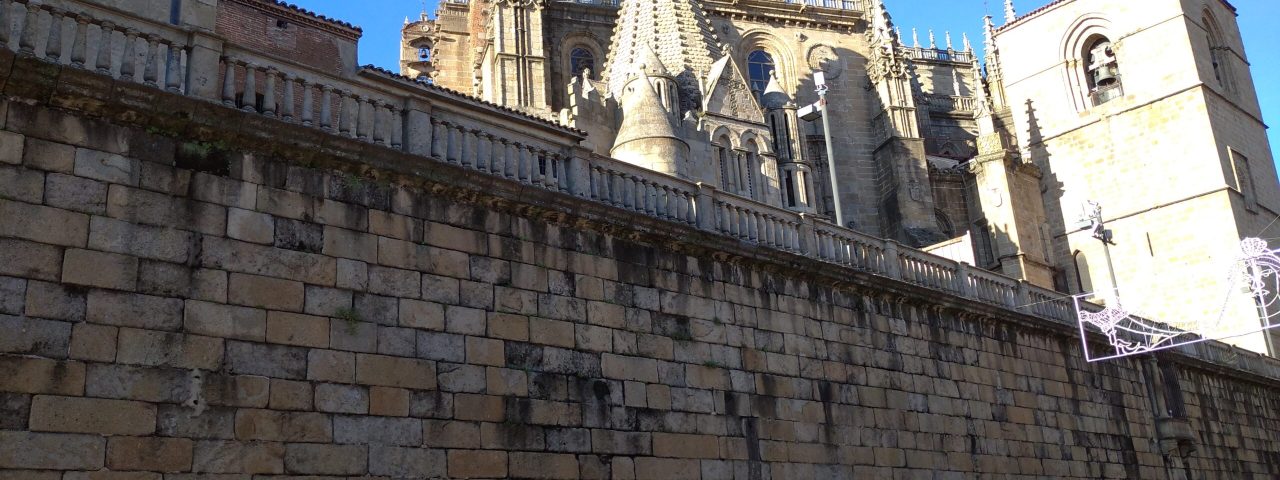Plasencia boasts a rich history dating back to its foundation by King Alfonso VIII of Castile in the 12th century. The city’s strategic position on the border of Christian and Moorish Spain made it a key military outpost during the Reconquista, influencing its architecture and cultural heritage. The motto “Ut Placeat Deo et Hominibus” (“To Please God and Man”) reflects its historical significance as a religious and military center.
The city’s old quarter, with its ancient walls and medieval buildings, transports visitors back in time. Plasencia is known for its religious processions, especially during Holy Week (Semana Santa), which draw crowds from across Spain. Its festivals, such as the Martes Mayor (celebrated on the first Tuesday of August), showcase local traditions, crafts, and cuisine. The city also honors its patron saint, St. Fulgentius, with an annual festival in January.
Cultural traditions like the “Jarramplas” in the nearby village of Piornal, where a figure dressed in colorful costume endures a barrage of turnips, are deeply connected to the region and give visitors a chance to experience Spain’s folkloric heritage up close.
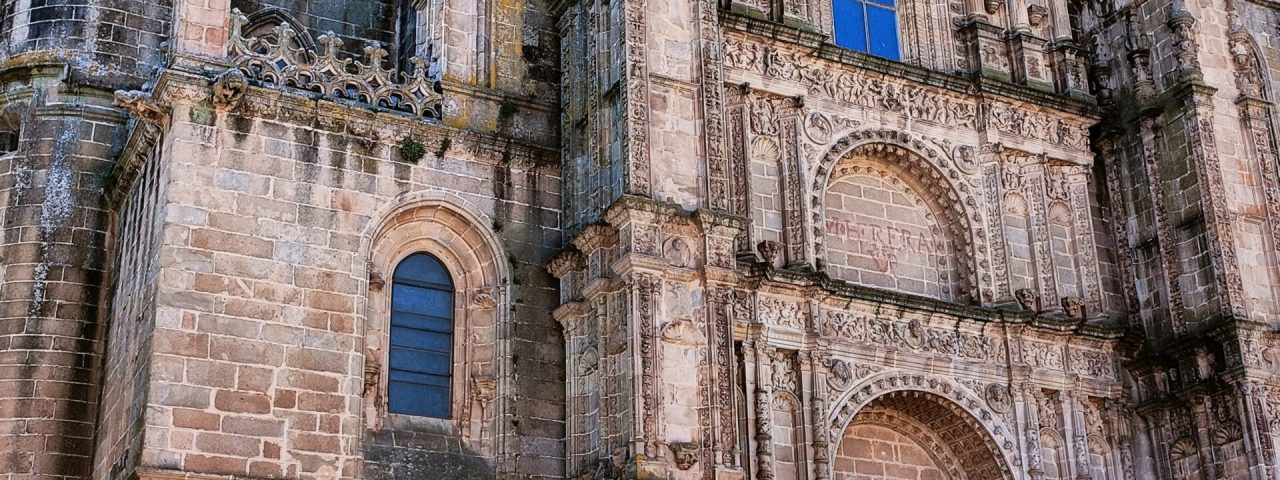
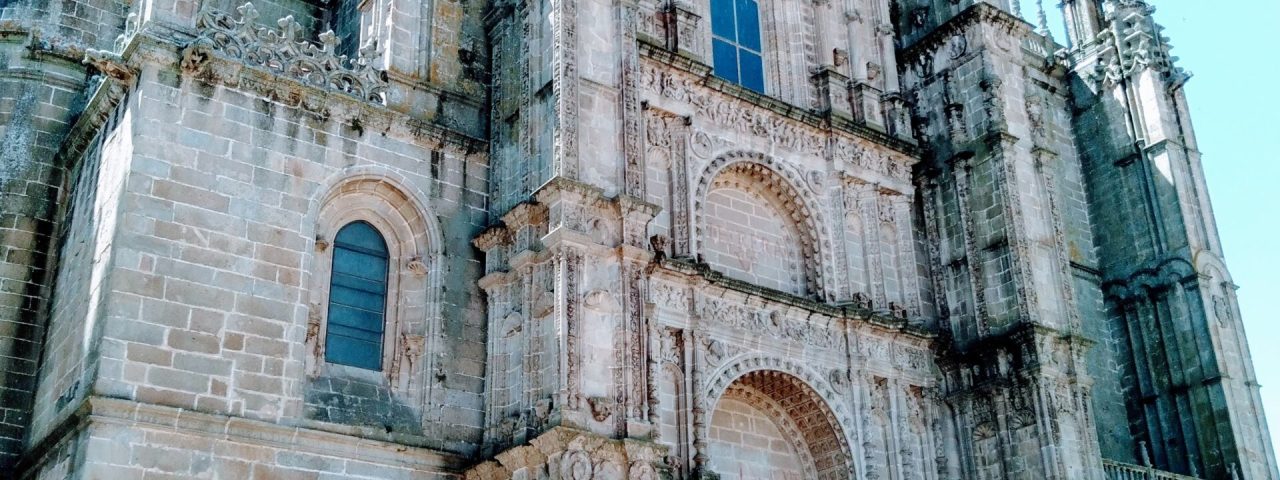
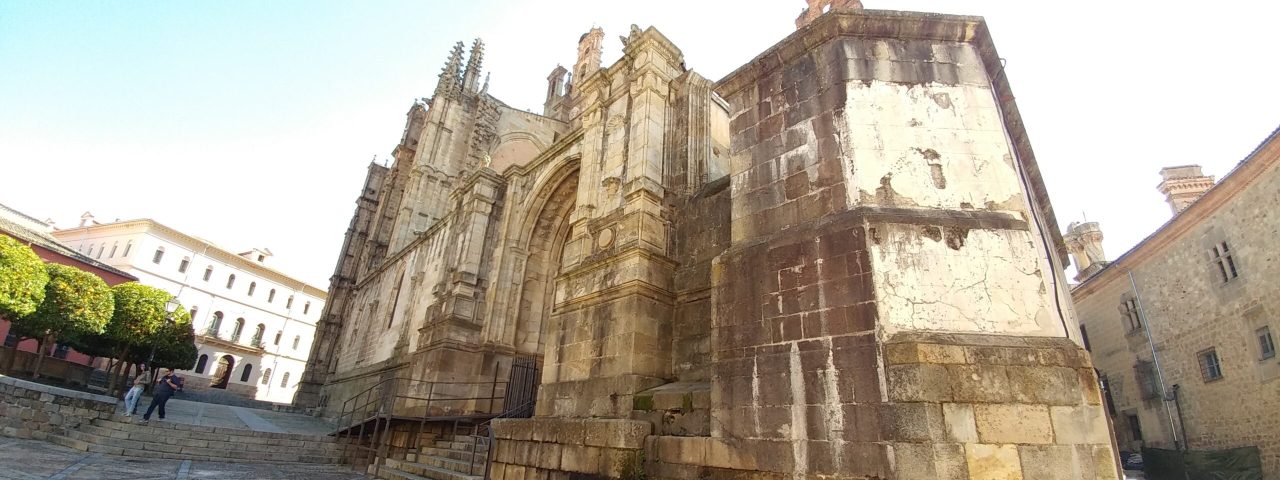
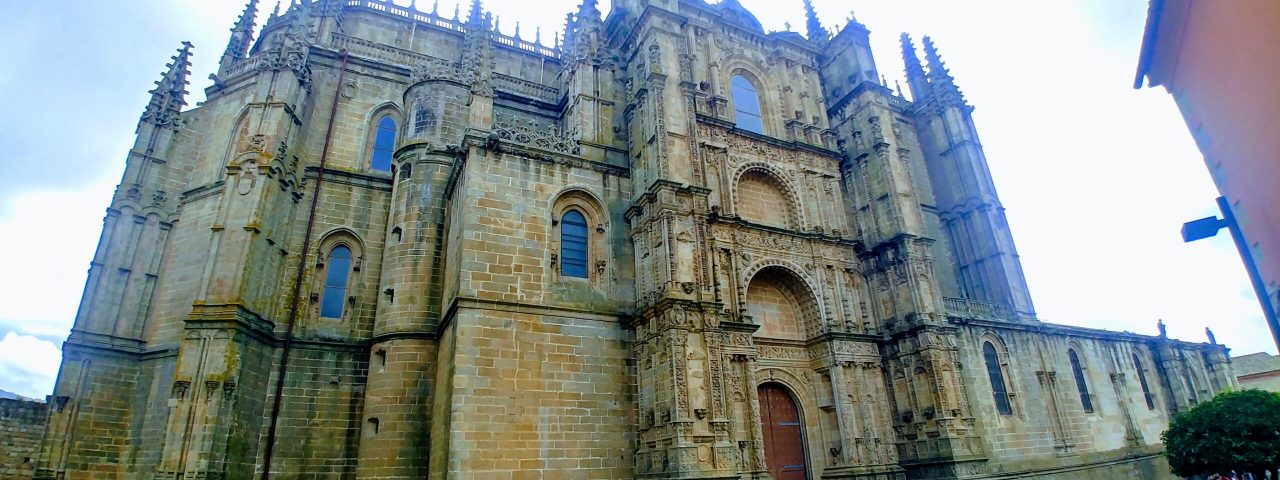
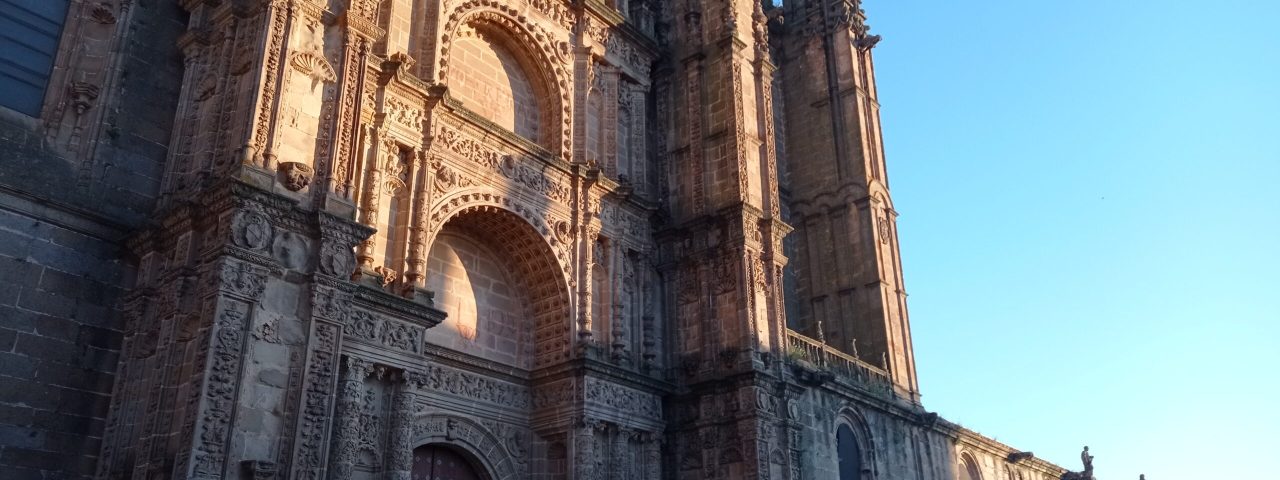
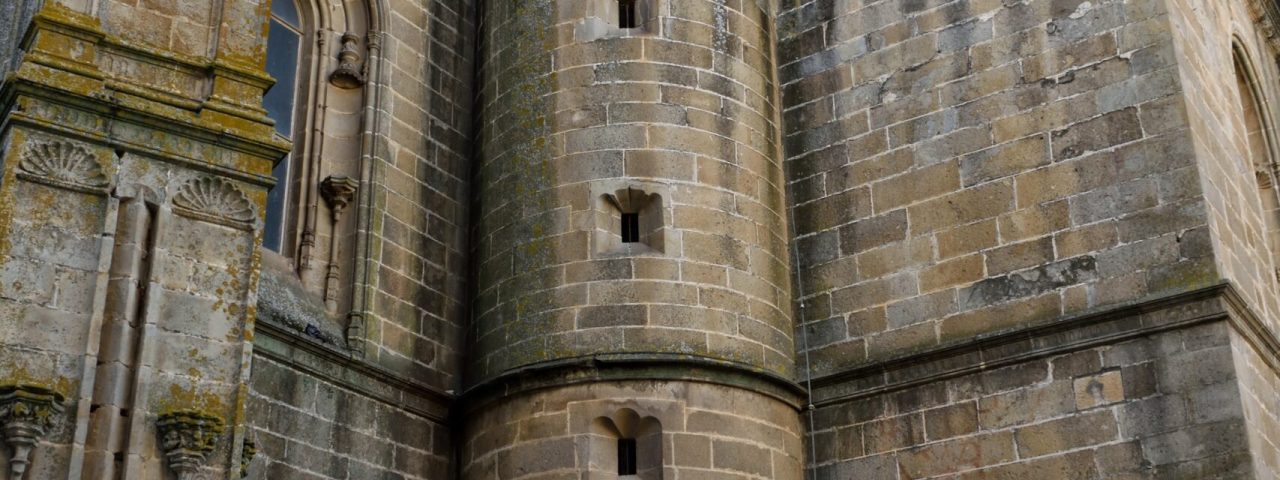
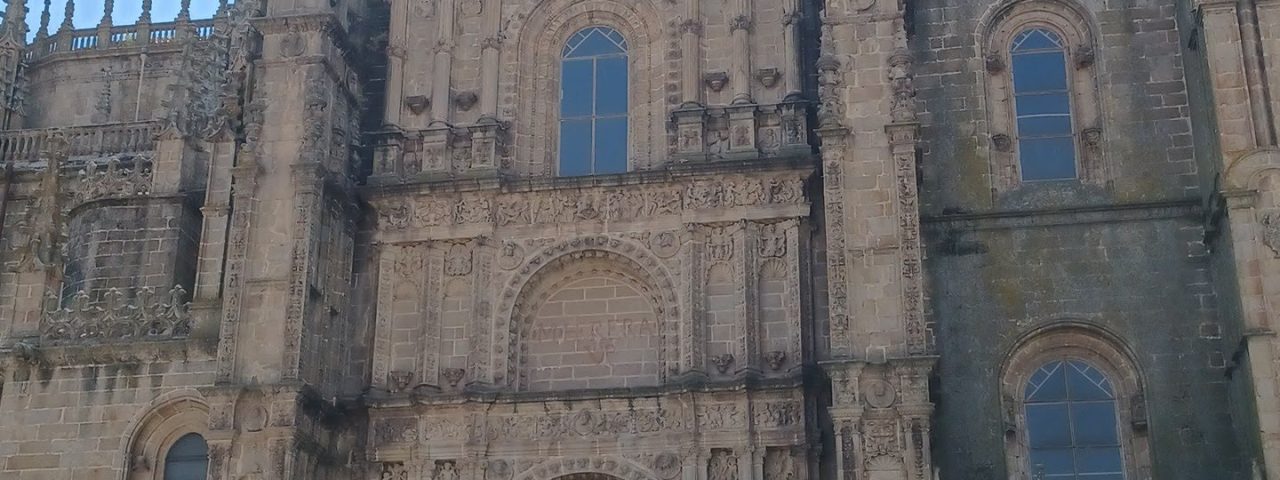

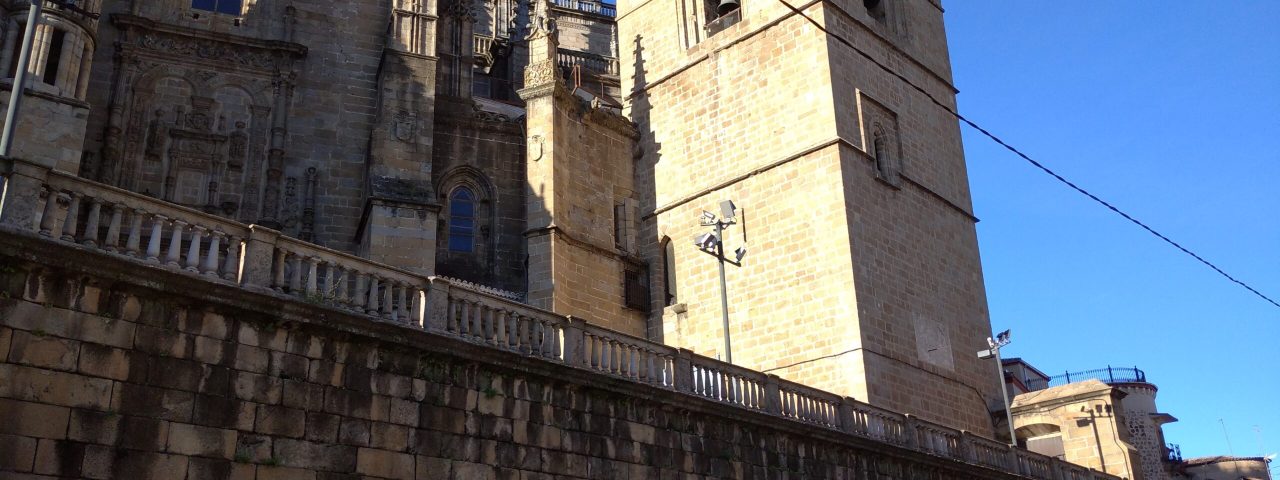
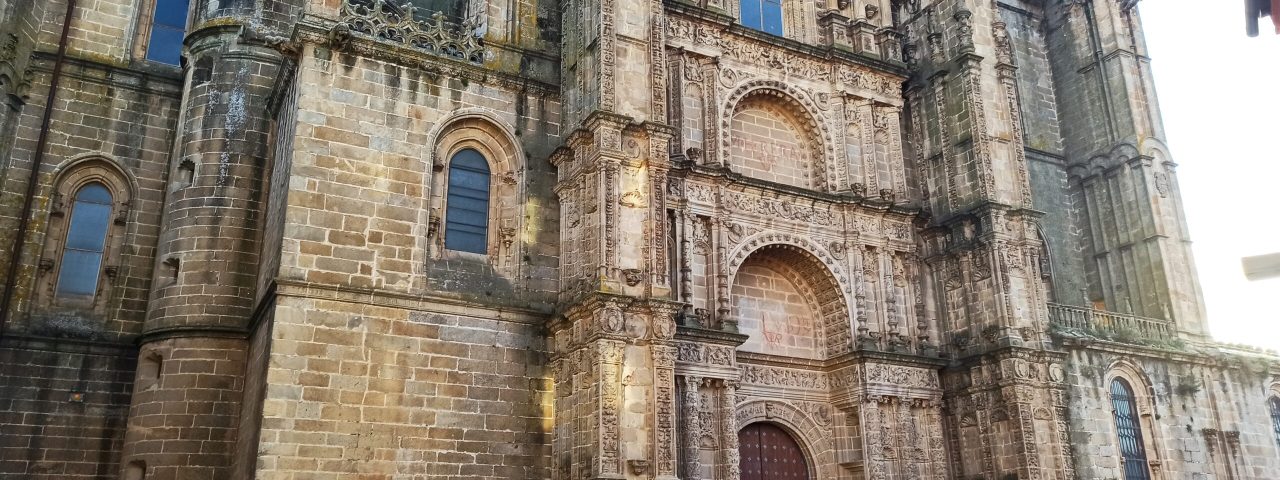
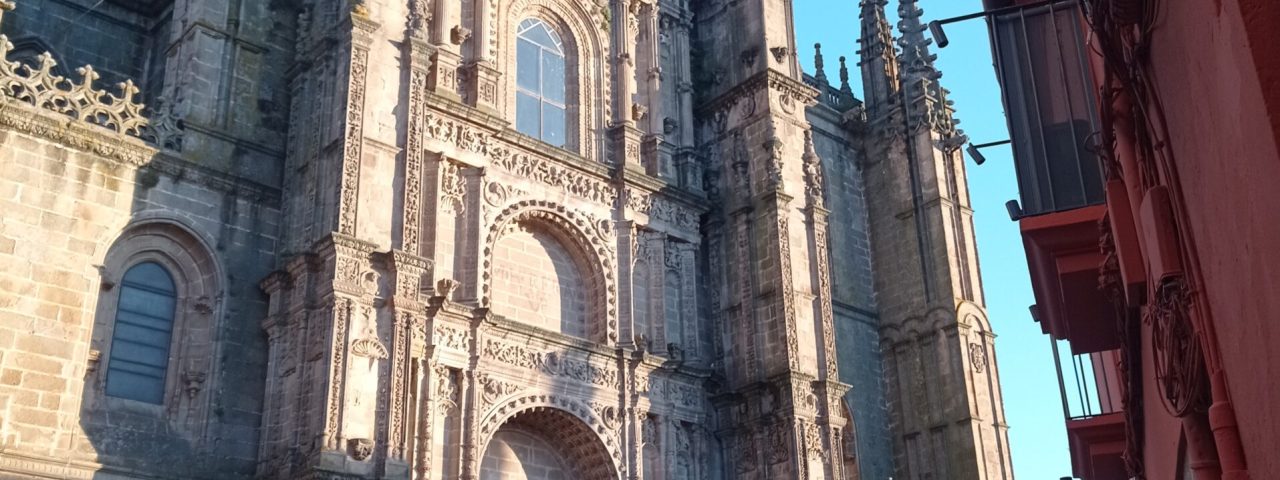
![{"capture_mode":"AutoModule","faces":[]}](https://maqou.com/wp-content/uploads/elementor/thumbs/plasencia-11-scaled-r0lfqlqgsw2ma9q44og0vck1dfcum077oea2qmy01s.jpeg)
